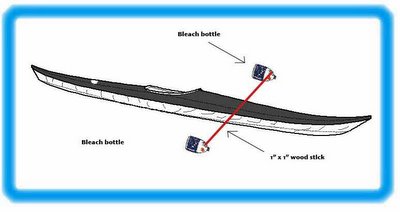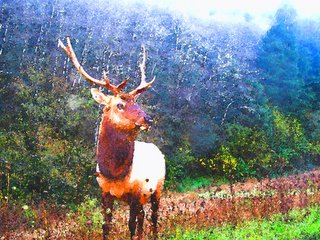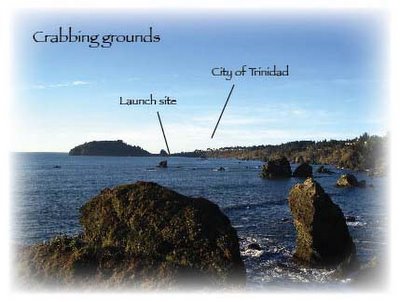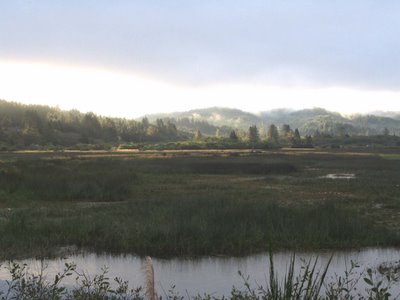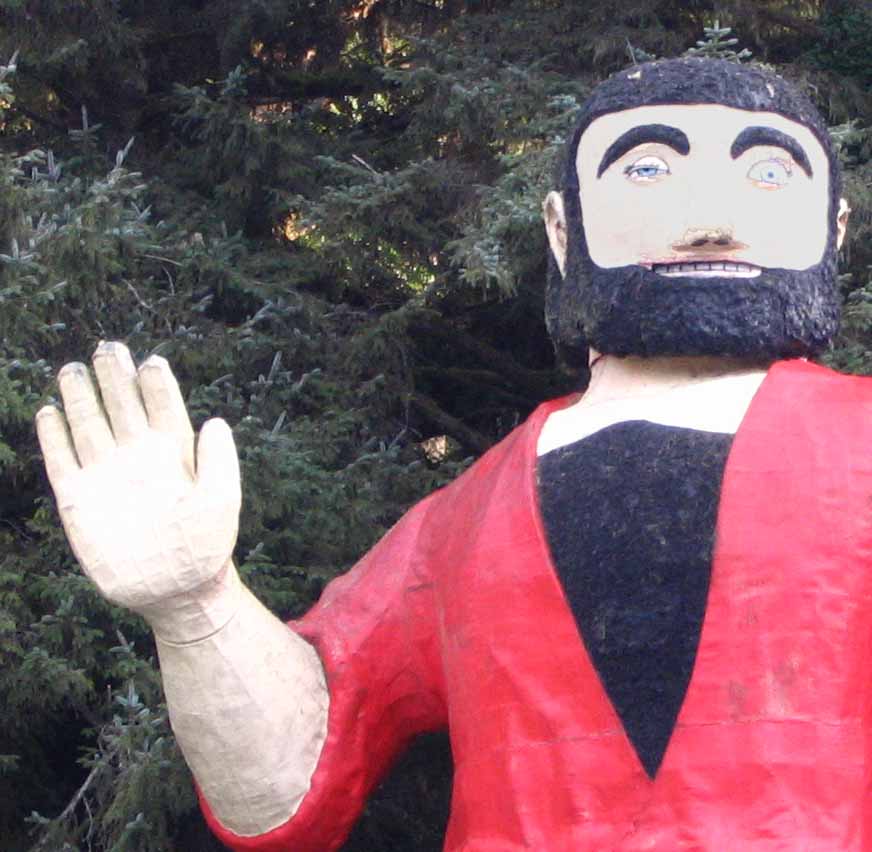My latest challenge is extremely difficult and there’s a high likelihood that I will fail. I would probably have a better chance of successfully free climbing Mount Everest without oxygen or underpants.
My mission: to get drivers to slow down on my road.
In all the years I’ve lived on this street, I’ve never had to deal with speeders; the neighbors took care of them.
The folks across the street would stand on their front lawn and yell at drivers to “SLOW THE HELL DOWN, DAMMIT!” There were ugly, in-your-face confrontations. The speeders responded with shouts of “fuck you” and middle fingers were flashed.
But my neighbors were tenacious and, in the end, they prevailed. Sadly, our neighborhood leader died last year.
Ever since, the speeding problem has escalated. I tried to ignore it as long as I could, hoping that someone else would step up to the plate.
That hasn’t happened.
Then a week and a half ago I returned home to discover that while I was at work a neighborhood cat was run over and killed. We don’t know who owned the cat. The neighbors buried it in my yard.
It was killed in broad daylight, most likely by a speeder. The speed limit is 10 mph. When you’re going that slow, either an animal will have time to get out of the way, or you’ll have time to stop.
But there’s more at stake here than cats. There’s money. It’s a private, gravel road which we pay to maintain. The speeders cause more damage, which means more money out of our pocketbooks.
There’s also the “safety for children” factor and the “pleasant” factor.
So how do you get drivers to slow down on a road?
The first order of business was to hastily paint two signs the day the cat died.
One sign reads “SLOW DOWN!” and is painted with red letters. I nailed it to a power pole near the entrance to our dead-end road. I did this at night and the paint was still wet. It must have dripped a little at night, because now it looks like it was painted with human blood. It has a “Devil’s Rejects” quality about it that may also discourage strangers from driving down our road out of fear that they may be attacked by hillbilly cannibals (which they might.)
The other sign is temporary and has since been taken down. It was about 2 ft. wide and 4 ft. tall and scrawled with red paint. It read “NEIGHBORS: Please SLOW DOWN! A neighborhood cat was killed by a speeder on 12/9.”
I also wrote a letter which was placed in every mailbox on the street.
In the days that followed, the traffic seemed to slow. Last week, a neighbor called with good news: She watched the traffic all day and the cars were going slower!
Mission accomplished? No. Far from it. The slow down was temporary. By last weekend, the speeders were back, going two, three or four times the limit. There are fewer speeders, but speeders none the less.
So we decided to reassess the situation. Who is speeding and why?
Most neighbors are courteous. They just needed a gentle reminder.
But then there are the assholes – the ones who don’t care about their fellow neighbors. Being that some of them look like they were recently released from San Quentin, I’m not about to confront them directly.
So now I’m operating on a different traffic control theory which I once heard discussed in an interview somewhere. I don’t recall the source, but I recall the basic idea.
Traffic, the theory goes, will slow down based on two factors – uncertainty and intrigue.
If you’re uncertain about what lies ahead and what’s around you, you slow down. If there’s something intriguing nearby, you slow down.
For example, when tourists are tearing down Highway 101, they often speed, but when there’s a paving project and all the lines and markers are removed from the freeway, they slow down. They can’t tell if they’re driving in their own lane. They don’t know whether there’s a flagman up ahead. That’s uncertainty.
When they spot a herd of Roosevelt elk they nearly slam on their brakes. If they round a bend and there’s a spectacular ocean view, they slow down. If there’s a nasty wreck and ambulance personnel are crowded around an injured driver, they slow down. That’s intrigue.
If I can bring uncertainty and intrigue to my road, drivers will slow down. Even the assholes will slow down – not because they’re courteous, but because there are psychological forces at work which are making them unconsciously slow down.
Uncertainty is difficult to bring to my road, but intrigue is something that we can deliver.
Ideally, I’d like to bring in a rabid grizzly bear, a midget on a unicycle, or maybe the “Grinder Girl” from Letterman and place them in front of my house. Until then, we’re going to try some simpler ideas.
The first went up last night. It’s a blue garbage can with a long stick coming out of it. On the top of the stick is a small sign that reads “SLOW.” I placed the can halfway out in the road.
The theory is that as motorists approach the can, they experience a mix of uncertainty and intrigue. They’re uncertain what the crumbling can is doing on the roadway, and they’re intrigued enough to wonder what the small sign on top says. So they slow down and take a gander.
As the days pass, the can will no longer serve its purpose because everyone will know what it is. Uncertainty and intrigue will disappear.
So the can will be removed and a new sign will go up in a different location. Maybe it will say something like “Ho! Ho! Ho! Slow down!” I may even sacrifice a couple tree ornaments, or slap a little garland on it. The speeding motorists will wonder “What’s that?” and slow down to take a look.
After that, we’ll do something with balloons. Maybe I’ll make a scarecrow. A potted plant could find its way out onto the road. Or an old chair.
Things will come and things will go, and if the theory works some of the speeders will slow down.


